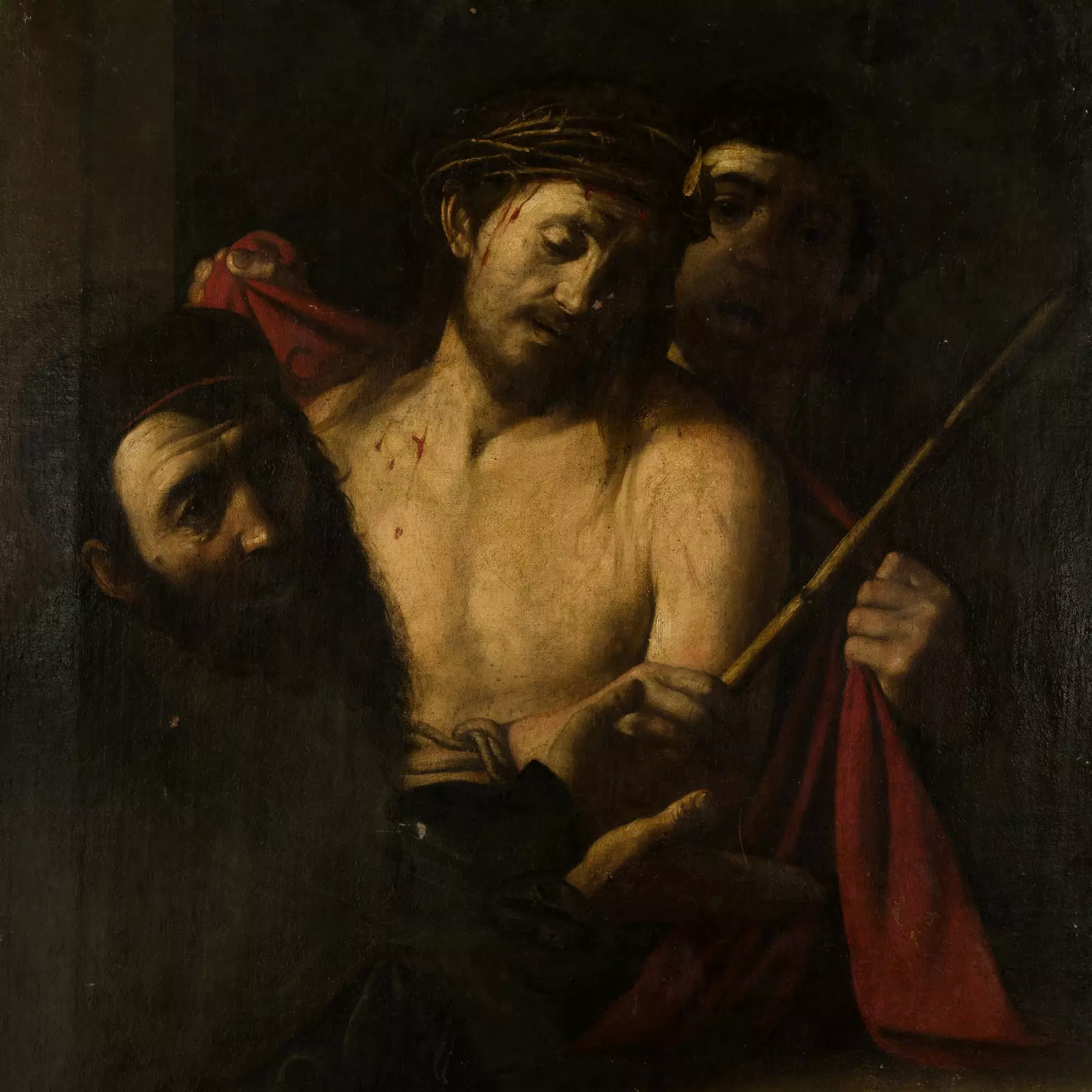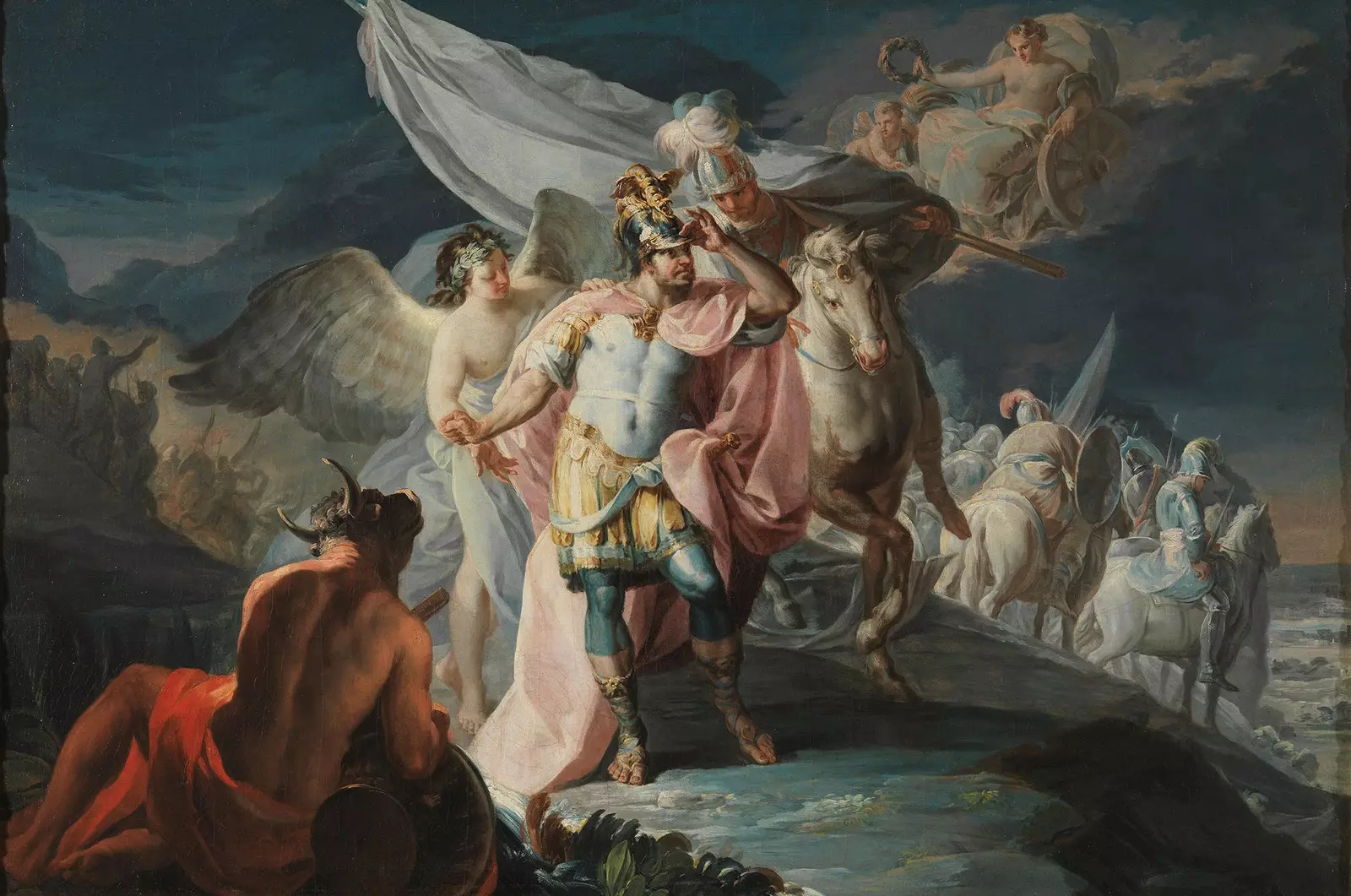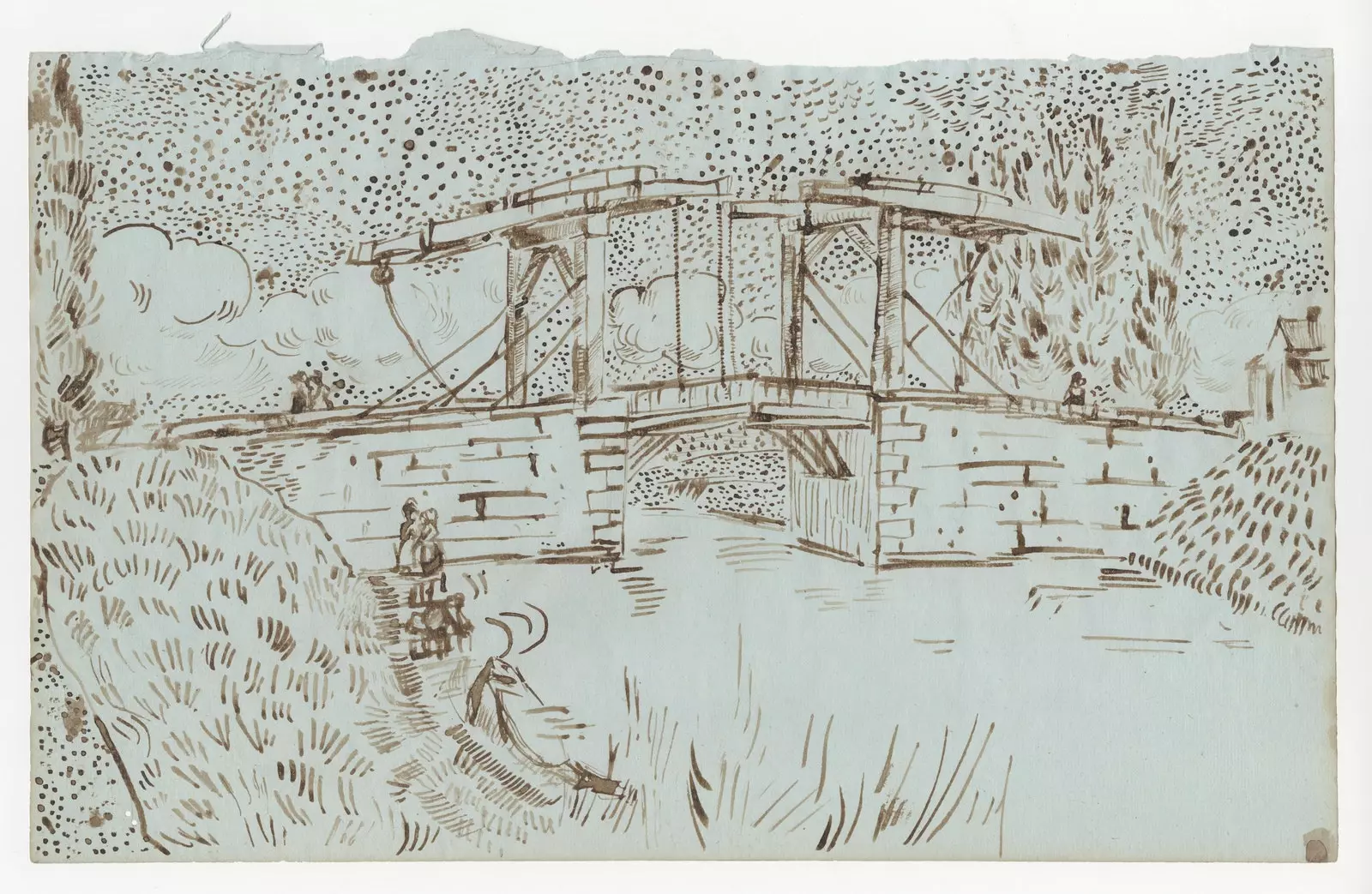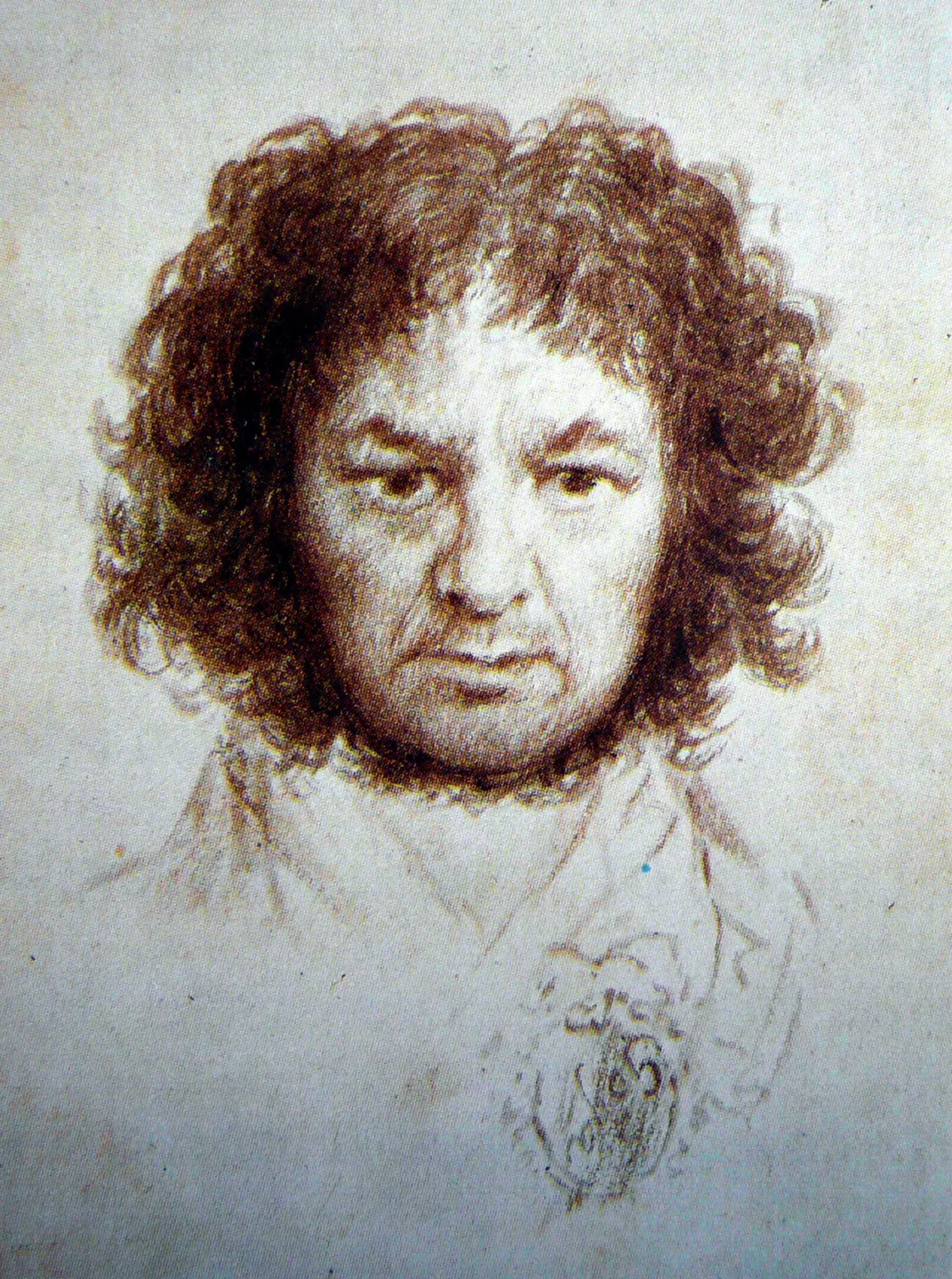
A new Caravaggio appears at the Ansorena auction house in Madrid
Finding a work by a great master is a dream cherished by museum curators, academics and art dealers. The value, both artistic and monetary, is manifested where an attribution to a secondary artist once appeared, the media commotion spreads and the figure of the creator becomes a trend in social networks.
In the process all participants get a desired visibility, translated into cultural relevance in the case of a museum , and in rich profits in that of a dealer.
Two events in Madrid have illustrated different phases of this process in recent weeks. The call to attention of antiquarians and academics about the possible work of Caravaggio Withdrawal from the Ansorena auction on April 8 has been a sudden, unexpected case. The escalation of millionaire offers, the arrival of international experts and the alarm of the museum authorities make up, in themselves, a tale of intrigue.
Faced with the controversy caused by Caravaggio's epiphany, the presentation of the Prado Museum of 'Victor Hannibal' , who for the first time looks at Italy from the Alps, Francisco de Goya, donated by the Friends of the Institution Foundation , shows the last chapter of the reunion. After a long itinerary of studies, opinions and administrative procedures, the piece has been integrated into public collections.
In this case, the discovery was the result of the work of Jesús Urrea, in 1993 deputy director of the Prado , who located the painting in the Selgas-Fagalde Foundation . The oil painting had been acquired by the industrialist Fortunato Selgas in the 19th century as an anonymous work, later attributed to the Italian Corrado Giacquinto, and exhibited in the palatial fifth of Cudillero.
We tend to think of the whole work of the great masters as something fixed, immovable, guarded in museums. The truth is that the list of missing pieces is endless. During centuries, robberies, wars, or the simple ignorance of some heirs , have interrupted the line that allows the identification of works that are not signed, minor, or that do not clearly respond to the author's style.

'Victorious Hannibal, who for the first time looks at Italy from the Alps'
The case of Leonardo's 'Salvator Mundi' , which went through multiple collections until it reached the hands of dealer Robert Simon, has been the most famous and profitable revelation of the last decade. Its poor conservation fed a confusing accumulation of attributions. Other stolen and hidden works could await a chance find. Van Gogh's Arles Notebook, lost due to the Allied bombing of the city, awaits an agreement on its authorship.
Because at the end of the day it is about that, the agreement of the community made up of experts and museum managers . The technical tests: the study of the underlying drawing, the analysis of pigments, of the frame, of the canvas, are usually not conclusive. They provide information about the time in which the work was painted, and, therefore, allow you to discard copies made at a later time , but rarely allow strong attribution. The masters used to have workshops in which the materials were shared, very similar to those used by their contemporaries..
The document that saves the order of the work, testimonials, descriptions and inventories help to strengthen the attribution . A sketch by the artist himself represents strong evidence.

Bridge, Arles Notebook
In the case of Goya's Hannibal, it was part of the so-called Italian Painter's Notebook, kept in the Prado Museum. Urrea , who had studied him as a museum curator, he knew how to recognize the final work when he saw it in the Cudillero mansion . Goya's hand had remained hidden because it was an early piece, alien to the features that characterize his mature style.
Goya undertook the trip to Italy at the age of 24 . On two occasions the Royal Academy of Fine Arts of San Fernando had denied him the prize on which a training scholarship in Rome depended. For this reason, he was forced to finance out of his pocket a trip that was essential in the eighteenth century for anyone who aspired to be a recognized artist..
The Italian notebook, preserved in the Prado Museum , contains notes and drawings of monuments that called his attention, views, expense notes or drafts of letters and comments.
The exact route of the painter is unknown , but his annotations show that he stopped at Genoa, Venice, Modena, Bologna, Genoa, Parma and Rome . In Parma the possibility arose of presenting a work to the competition organized by the Academy of Fine Arts. The theme was set by a sonnet by Frugoni, a poet of the time. Hence the rhetoric of the title: Hannibal the winner, looking at Italy for the first time from the Alps.
The note that he made in the Notebook and two oil sketches, one of which is preserved in the Zaragoza Museum, prove the importance that the painter gave to the call. He poured into her the scholarship that an academic contest required. The composition is populated with allegorical figures: the Victory descending in a chariot with a laurel wreath and the ox-headed figure representing the River Po.

Goya
Goya did not win the contest, although he was awarded a special mention. After the ruling, the artist gave instructions for the work to be sent to Valencia, and later to Zaragoza . In this point, the trace is lost until the acquisition of the piece by Fortunato Selgas.
Goya's Aníbal will be exhibited at the Prado Museum in the exhibition that will celebrate the 40th anniversary of the Fundación de Amigos del Museo. For its part, after its analysis and restoration, the supposed Ecce Homo by Caravaggio will have to wait for a long chain of studies and negotiations to reach the Museum's rooms , who has shown a clear interest in incorporating it into his collection.
